Your new snorkel mask needs proper preparation before use to prevent fogging and give you clear vision underwater. Manufacturing leaves invisible residue on the lenses that can cause fog to build up, but a simple pre-treatment will fix this issue. This guide covers several effective ways to prepare your mask, from basic methods using toothpaste to specialized anti-fog sprays, so you can see clearly during your time in the water.

Why Pre-treatment of Your Snorkel Matters
Your new mask needs proper preparation before its first use. A few simple steps now will save you from common problems later.
It Removes Hidden Factory Residue
Most new snorkel masks have a thin layer of silicone residue on their lenses from the manufacturing process. During production, manufacturers use silicone-based release agents to help remove the masks from their molds. While these agents are essential for production, they leave behind an invisible film on the lens surface. This residue creates tiny, uneven areas that collect moisture, leading to persistent fogging when you're in the water.
It Prevents Constant Fogging
A properly treated mask helps you avoid the frustration of foggy vision underwater. The pre-treatment process removes the residue that causes water droplets to stick to the lens and create fog. Instead of repeatedly having to clear your mask while swimming, you'll maintain clear vision throughout your time in the water.
It Makes Your Mask Last Longer
When your mask fogs up underwater, you might be tempted to wipe it clean repeatedly. This constant wiping can scratch the lens surface over time, damaging your mask. Pre-treatment eliminates the need for frequent wiping, which helps preserve your mask's clarity and extends its lifespan. The smooth, uniform surface created by pre-treatment also means less wear and tear on the lens during regular cleaning and maintenance.

Four Ways to Pre-treat Your Snorkel Mask
Now that you understand the importance of pre-treating your new snorkel mask, let's dive into four proven methods to get the job done. Each method is effective, so you can choose the one that best suits your mask type and available materials.
1. The Toothpaste Method
This gentle, effective method works well for all mask types.
What You'll Need:
- Regular white toothpaste (not gel)
- Clean, soft cloth
Warm water
Steps:
- Squeeze a pea-sized amount of toothpaste onto your fingertip or cloth
- Apply the toothpaste to the inside of the lens
- Rub gently in small circles for 1-2 minutes
- Rinse thoroughly with warm water until no toothpaste remains
- Dry the lens with a clean, soft cloth
2. The Burn Method
Warning: This method is only for traditional masks with tempered glass lenses. Never use this method on plastic lenses or full-face masks.
What You'll Need:
- Lighter
- Clean, soft cloth
- Water for rinsing
Steps:
- Hold the lighter about 2-3 inches from the inside of the lens
- Move the flame slowly across the surface
- Watch for a light black film to form
- Wait 30 seconds for the lens to cool
- Rinse the lens thoroughly with water
- Dry with a clean cloth
3. Anti-fog Spray Treatment
This modern method offers a quick and reliable solution.
What You'll Need:
- Quality anti-fog spray made for dive masks
- Clean, soft cloth
Steps:
- Clean the inside of your mask lens
- Hold the spray 6 inches from the lens
- Apply a light, even coat
- Wait 1 minute
- Gently buff with a soft cloth if needed
- Let the mask air dry completely before use
4. Anti-fog Coating Treatment
Some premium masks, like those from G2RISE, come with a special anti-fog coating applied during manufacturing. This factory-applied treatment offers longer-lasting fog prevention compared to manual pre-treatment methods.
What You Should Know:
- No manual pre-treatment needed
- Coating is already applied during production
- Provides long-lasting anti-fog protection
Important Care Notes:
- The coating becomes slightly soft when wet
- Avoid touching or wiping the inside lens when wet
- Never scrub the inner lens surface to preserve the coating
- Rinse gently with fresh water after each use
This pre-applied coating offers convenience since you don't need to treat the mask yourself, but proper care is essential to maintain its effectiveness.
Whichever method you choose, taking the time to properly pre-treat your new snorkel mask will ensure you have a clear view of the underwater world. Happy snorkeling!

Additional Tips for Maintaining Your Snorkel Mask's Clarity
Pre-treating your snorkel mask is just the first step in keeping your vision clear underwater. To ensure your mask stays fog-free and in top condition, it's important to practice regular maintenance and avoid common mistakes that can undo your pre-treatment efforts.
Regular Maintenance
● Rinse with fresh water after each use.
After every snorkeling session, take a few minutes to thoroughly rinse your mask with fresh water. This helps remove any salt, sand, or debris that may have accumulated on the lens or skirt during use. If left unrinsed, these particles can scratch the lens surface or degrade the silicone over time.
● Store in a cool, dry place away from direct sunlight.
When your mask is not in use, store it in a cool, dry place out of direct sunlight. Extreme heat and UV rays can damage the silicone skirt and lens coatings, leading to premature wear and tear. Consider using a protective case to keep your mask safe and extend its lifespan.
Avoiding Common Mistakes
● Do not touch the inner lens with oily hands.
Your skin's natural oils can transfer to the lens surface, creating spots that attract moisture and promote fogging. Always handle your mask by the skirt or frame, and avoid touching the inside of the lens with your bare hands. If you do accidentally touch the lens, clean it with a mild soap solution and re-apply your chosen anti-fog treatment.
● Avoid using abrasive materials for cleaning.
Harsh cleaners, rough sponges, or abrasive cloths can scratch the lens surface, making it more prone to fogging and reducing overall clarity. Stick to gentle, non-abrasive cleaning methods, such as using a soft microfiber cloth or rinsing with fresh water. If you need to remove stubborn stains or residue, use a mild soap solution and rinse thoroughly.
Special Considerations for Full-Face Snorkel Masks
Full-face snorkel masks have some unique features compared to traditional masks. Here's what you should know about these masks and how to take care of them.
How Full-Face Masks Differ from Traditional Masks
- Full-face masks have built-in snorkels, so you can breathe through your nose or mouth. This can feel more natural than using a separate snorkel.
- The lenses on full-face masks are larger, giving you a wider view underwater.
- Because of how they're designed, full-face masks usually don't fog up as much as traditional masks. You may not need to pre-treat the lens as much.
How to Care for Your Full-Face Mask
- Always check the instructions from the manufacturer for specific care and cleaning tips. Different masks may have different needs.
- Make sure your mask fits well and seals properly against your face. A good fit helps prevent fogging and leaking.
- Rinse your mask with fresh water after each use. Make sure to clean out the breathing tube, since salt and sand can get stuck inside.
- Be aware that there is an anti-fog coating inside the lens that becomes soft and slippery when wet, so avoid touching or scraping the inner lens surface to prevent the coating from falling off.
- Store your mask somewhere cool and dry, away from sunlight. A storage case can help protect the lens from scratches.
Full-face masks are a bit different than traditional snorkel masks, but taking care of them is still pretty straightforward. By following these tips and the manufacturer's instructions, you'll be able to enjoy snorkeling comfortably with a clear view underwater.

Enjoy Clear Views on Your Underwater Adventures!
With proper pre-treatment and care, your snorkel mask will provide clear, fog-free views of the incredible marine life under the waves. By following these simple tips, you can ensure years of enjoyable snorkeling experiences. Now you're ready to grab your gear and explore the amazing underwater world!
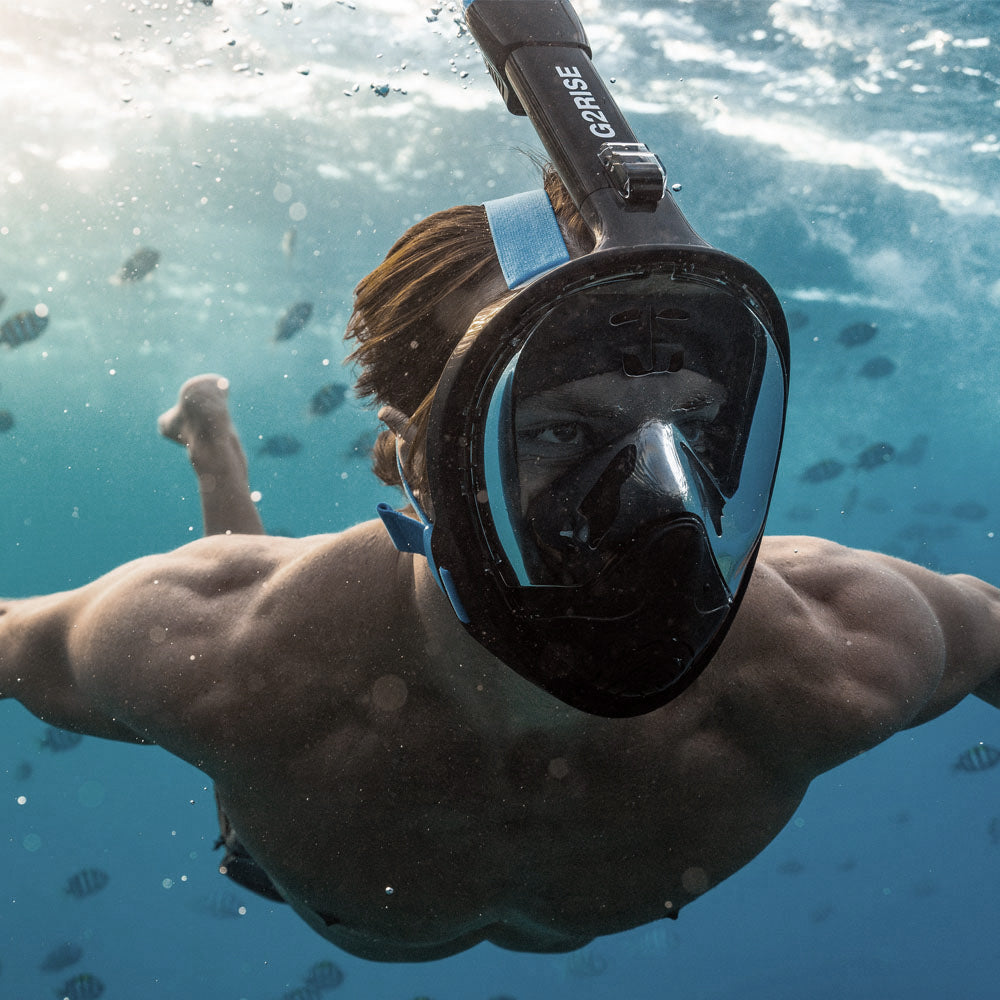
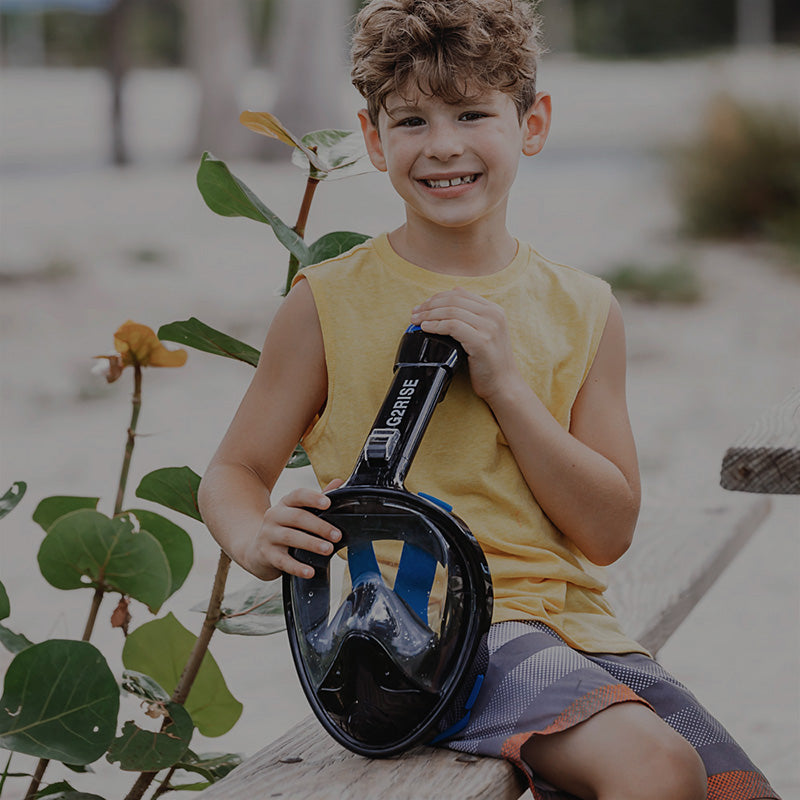
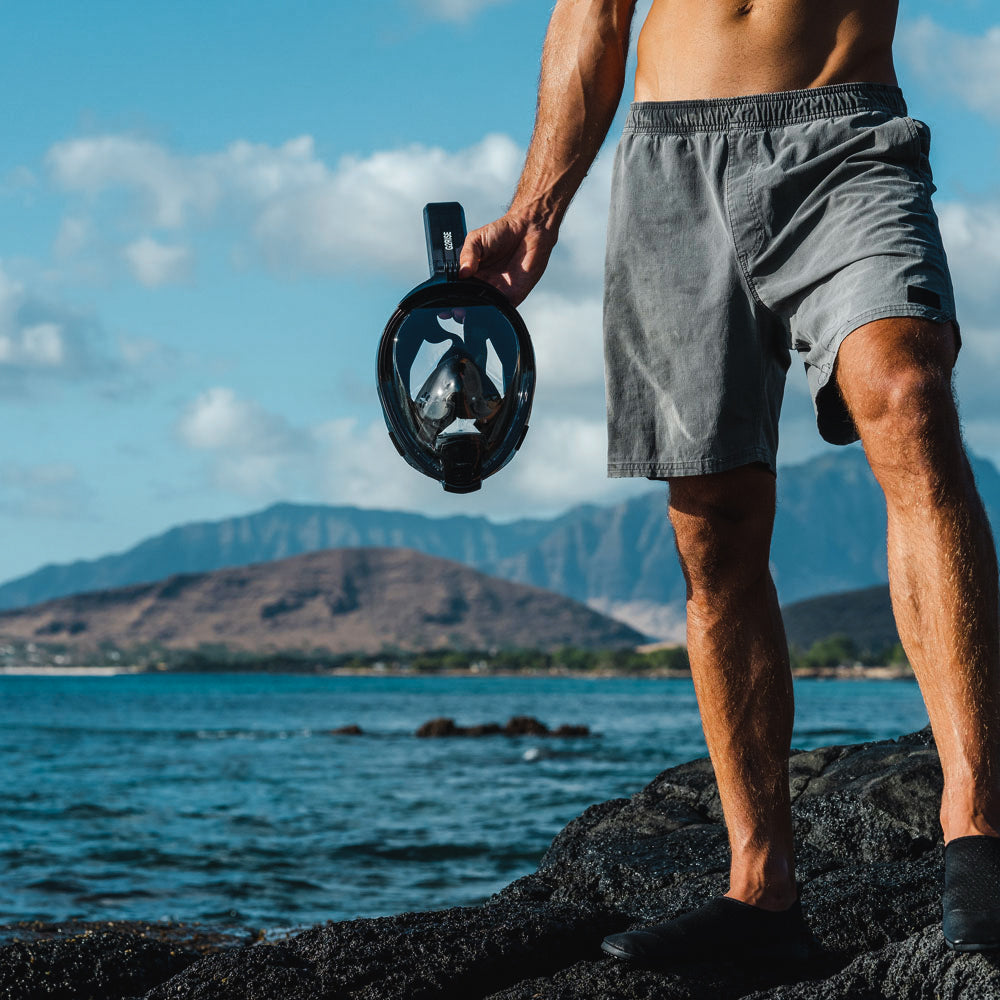

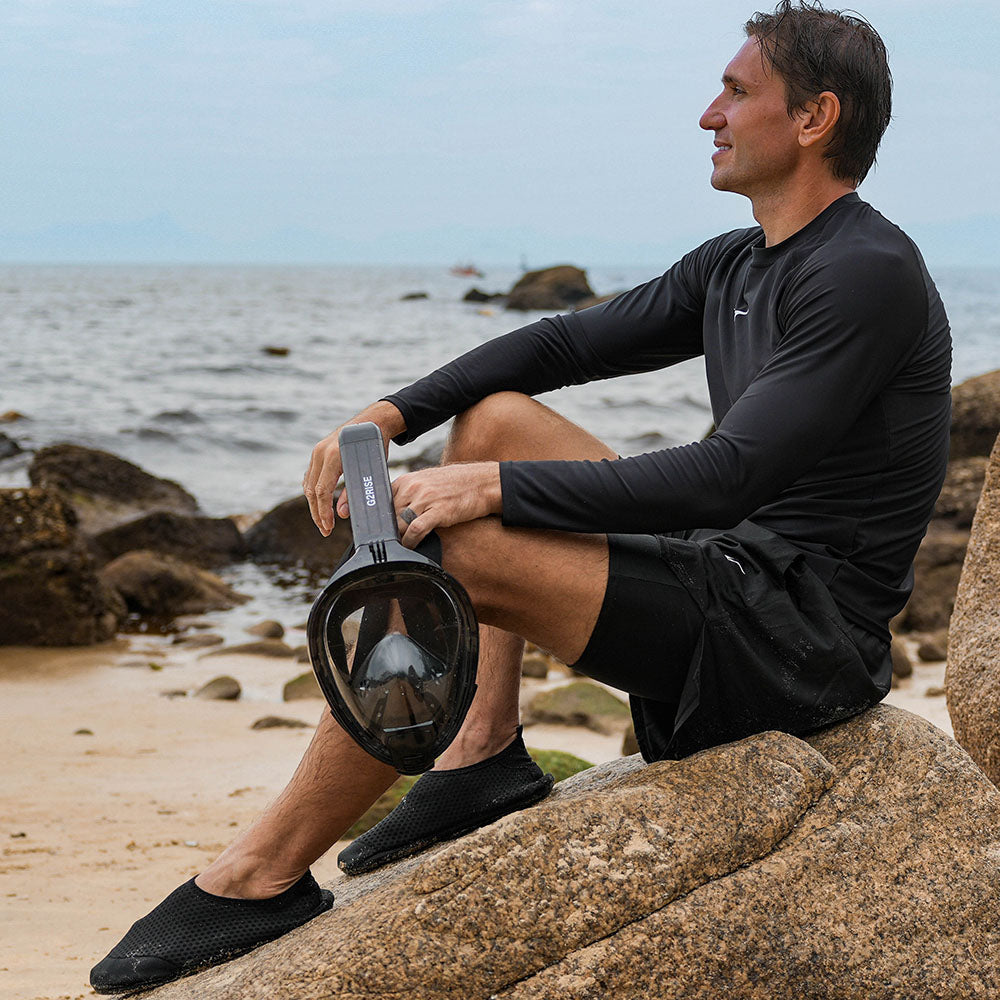

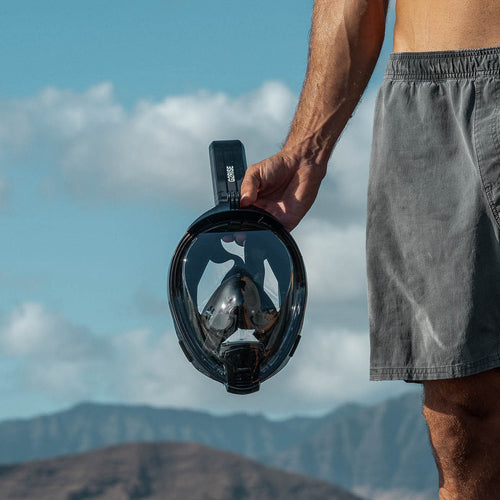


Leave a comment
This site is protected by hCaptcha and the hCaptcha Privacy Policy and Terms of Service apply.